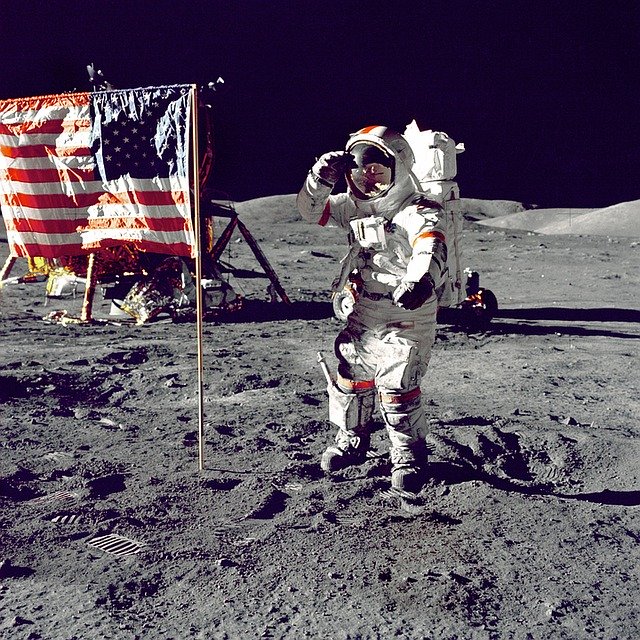A whopping 240 astronauts have been sent to the International Space Station, but to talk about stepping on the Moon again, Apollo 17’s mission in 1972 was the last of this accomplishment.
With NASA meaning to send the next man and the first woman to the Moon again in 2024, they’re going to have to start with some necessities- a fully functional toilet, for starters.

The whole initiative has been given the proper name of the “Lunar Loo Challenge’. It is to be characterized into two categories- technical and junior. The due date is till 5 p.m. ET/2 p.m. PT on the 17th of August.
The occasion does make one think that don’t space toilets already exist? The International Space Station, which is a distinct space laboratory, hosts several astronauts and cosmonauts. It does have its very own array of ethereal commodes, only that they are functional in microgravity, which is a condition when people and objects feel weightlessness.
A microgravity environment has been understood, and all, but the need for taking care of lunar gravity has arisen, which is one-sixth of Earth’s gravity.
To make something feasible for the people landing on the Moon, the task is going to be far from easy. It has to tick off several requirements before its the perfect choice for the astronauts.
Despite being compatible in both lunar gravity and microgravity, the ultra-modern toilet needs to be less than 15 kilograms, a volume strictly up to 0.12-meter cube, a power consumption of 70 watts or less, a noise level of maximum 60 decibels, and the ability to be used by both men and women. This means that it’ll have to come conveniently in different shapes and sizes. The design has to be made in such a way that it isn’t time-consuming as well.
The competition itself has been announced in a partnership with HeroX as part of the Artemis program of NASA.
Mike Interbartolo, the project manager for the Lunar Loo Challenge, and a participant in the Human Lunar Lander System, says that everyone at NASA wanted to see what’s out there. This is the primary motivation behind the challenge.
“We are looking forward to seeing what the crowdsourcing community can come up with that is out-of-the-box and bring different perspectives for what is needed for a toilet”, says Interbartolo.
More or less 50 years back, the whole process of the elimination of wastes was highly uncomfortable, and nothing but a burdensome hassle. The Apollo spacecraft responsible for taking astronauts to the Moon wasn’t equipped with any sort of toilet. The people on board had to use either a tube made out of rubber or a plastic bag that wouldn’t even completely seal without the help of another. One could only imagine the disgust here.

Nevertheless, fast forward to 2020, the method of relieving yourself has changed drastically as compared to the past for the guys in space. Now, two toilets are installed, which depend on suction in the spacecraft and have made things easier.
The Lunar Loo Challenge winner will receive up to $35,000 (approximately £28,000, 51,000 AUD) for presenting the best concept to NASA.